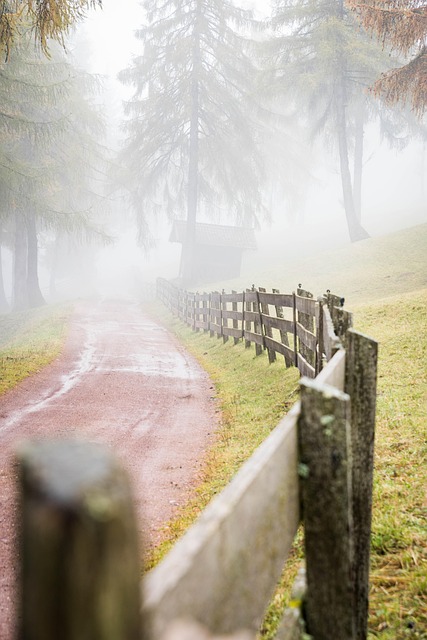For New Bedford, Massachusetts homeowners looking to enhance their outdoor space, installing a fence offers both privacy and security. This guide provides essential tips for tackling the project yourself. From planning your installation to choosing durable materials suited for the local climate, we’ll walk you through each step, ensuring your new fence stands the test of time.
- Planning Your Fence Installation Project
- Choosing the Right Fence Material for New Bedford Climate
- Step-by-Step Guide to DIY Fence Installation
- Tips for Ensuring Long-Lasting Fence Durability
Planning Your Fence Installation Project
Before beginning your DIY fence installation project, take time to plan and consider various factors. First, assess the perimeter of your property and decide on the length and style of fence that best suits your needs. New Bedford homeowners should research local building codes and permits required for fence installation to ensure compliance. Next, determine your budget and source quality materials that align with your design preferences and financial constraints. Creating a detailed plan will make the installation process smoother and help you stay organized throughout the project.
Choosing the Right Fence Material for New Bedford Climate
When considering DIY fence installation in New Bedford, Massachusetts, selecting the right material is crucial and often depends on your local climate. The region’s weather patterns play a significant role in choosing a durable and long-lasting fence option. For New Bedford’s relatively humid and temperate climate, opt for materials that can withstand moisture and varying temperatures without warping or rotting. Treated wood is a popular choice due to its natural resistance to rot and insects, making it suitable for outdoor use. Alternatively, vinyl fencing is another excellent option as it’s low-maintenance, resists fading and cracking, and performs well in both hot and cold conditions.
Consider the local environment and your specific needs when narrowing down fence materials. In New Bedford, where storms can bring high winds and heavy rainfall, ensure your chosen material has the necessary strength and flexibility to resist damage. Additionally, think about aesthetics—some materials blend better with the region’s existing landscapes than others. By carefully evaluating these factors, DIY enthusiasts can select a fence that not only suits their style but also stands the test of time in New Bedford’s unique climate conditions.
Step-by-Step Guide to DIY Fence Installation
Installing a fence yourself can be a rewarding project for any New Bedford homeowner looking to enhance their property’s security and aesthetics. Here’s a straightforward, step-by-step guide to DIY fence installation. First, assess your yard for the desired fence line, marking it clearly with stakes and string. Next, obtain any necessary permits from local authorities before gathering materials: posts, rails, fencing panels (or pickets), hardware, and tools like post-hole diggers and a level.
Excavate holes for each fence post, ensuring they’re deep enough to support the post’s weight and level them using a bubble level. Install the posts securely in the holes with concrete, allowing it to set properly. Once the concrete is cured, attach horizontal rails to the posts. Then, either install pre-assembled fencing panels or arrange individual pickets for your desired fence style. Secure everything with nails or screws, ensuring all components are tightly connected and level.
Tips for Ensuring Long-Lasting Fence Durability
To ensure your fence lasts for years to come, start by selecting high-quality materials suited for outdoor use. Treated wood and vinyl are popular choices due to their resistance to rot and decay. Regular cleaning and sealing will protect against moisture and UV rays, prolonging the life of your fence. Inspect it frequently for signs of damage or weakness, repairing issues promptly.
Regular maintenance, such as painting or staining, not only enhances aesthetics but also shields the fence from environmental factors. Consider the local climate and choose finishes designed to withstand harsh conditions. Keeping the area around the fence clear of debris and overhanging branches will prevent accidental damage, ensuring your investment stands strong against time and the elements.
